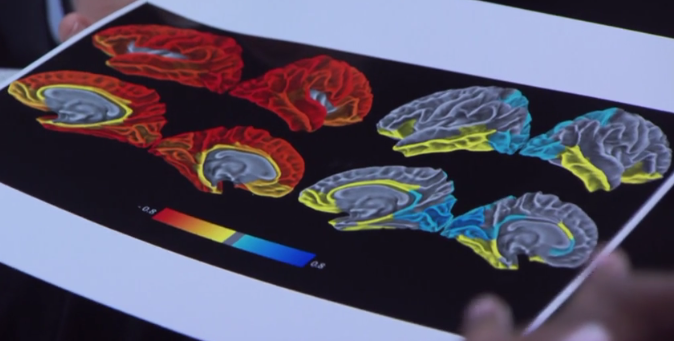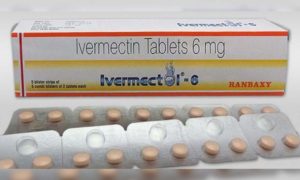What is Screen Time Doing to our Kids’ Brains?

The ABCD study is a massive NIH project aimed at figuring out the screen time brain damage effects. The study will take years to be completed, but the initial results are in and they’re scary
Here’s what we’re learning:
- Extensive screen time leads to premature thinning of the cortex.
- Children don’t transfer the knowledge they get from devices to the real world.
- American Academy of Pediatrics recommends, “avoid digital media use, except video chatting, in children younger than 18 to 24 months.”
- Increased screen time has been associated with an increase in depression

The colors show differences in the nine and ten-year-olds’ brains. The red color represents premature thinning of the cortex. That’s the wrinkly outermost layer of the brain that processes information from the five senses.
We don’t have a complete picture of the effects of screen time, social media, or device usage on the physiology of children’s brains but the initial data we do have is not pretty. Kids who use devices extensively are less prepared for the real world, less intelligent, and more depressed and prone to anxiety.
In Paleo Family, we recommend that parents restrict screen time completely before age 2, and limit the usage afterward to absolute necessity.
About the ABCD Study
The Adolescent Brain Cognitive Development (ABCD) Study is the largest long-term screen time brain development and child health study in the United States. The National Institutes of Health (NIH) funded leading researchers in the fields of adolescent development and neuroscience to conduct this ambitious project. The ABCD Research Consortium consists of a Coordinating Center, a Data Analysis and Informatics Center, and 21 research sites across the country (see map), which have invited 11,874 children ages 9-10 to join the study. Researchers will track their biological and behavioral development through adolescence into young adulthood.



